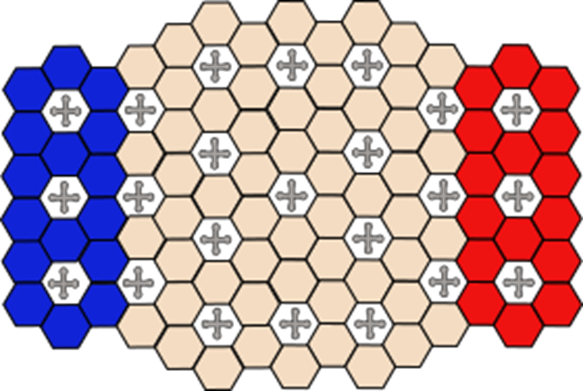Two players compete against each other. Stones are initially placed on three outer rotators (the exact nature of 'rotators' is not specified here). The game consists of two rounds, with the objective of moving all one's stones from one side of the board to the other.
The first round begins with one player, decided by agreement. Players then alternate turns, making one ZOP move (the exact mechanics of which are undefined) per turn. An opponent cannot use the same rotator that was used on the immediately preceding turn, and players may only use rotators containing their own stones.
When a player successfully moves all their stones to the opposite side, the other player completes the round by moving their remaining stones. The number of ZOP moves used by the second player is then counted. The opponent receives one point for each ZOP move used by the second player to complete their turn.
A second round is then played, with the player who did not begin the first round now starting. This round follows the same rules as the first.
Finally, the players compare their total points; the player with the higher score wins. Multiple games can be played consecutively, with points accumulating across the series. The player with the highest total score across all games wins the series.
